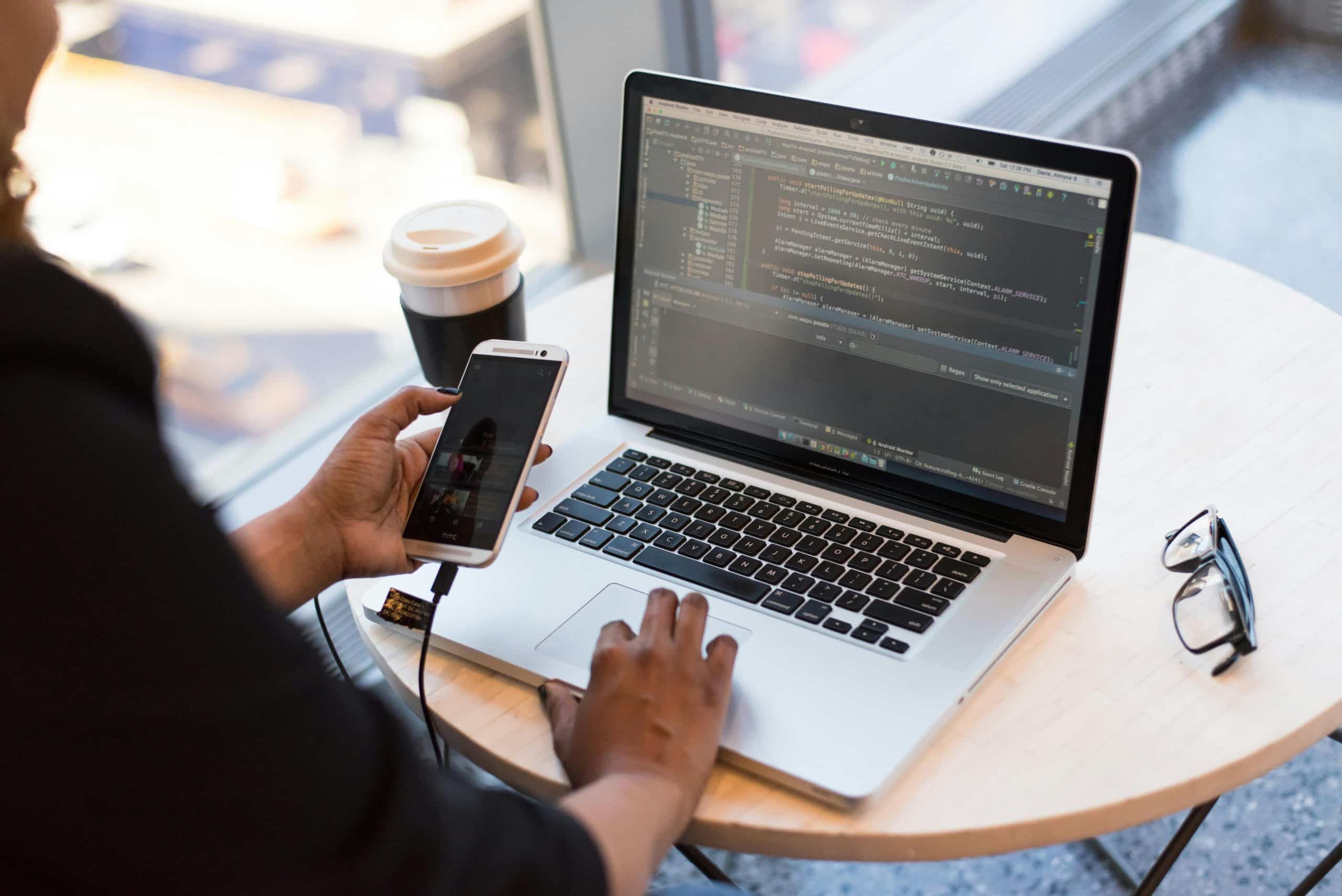
How can developers use biometric sensors to create personalized gaming experiences?
In the ever-evolving gaming industry, one of the most innovative advancements reshaping how games are designed and experienced is the integration of biometric sensors. These technologies offer a window into the real-time physiological responses of players, allowing game developers to craft more immersive and personalized gaming experiences. But how exactly can developers harness the power of biometrics to elevate user experience and engagement?
The Role of Biometric Sensors in Gaming
The integration of biometric sensors into gaming is not just a futuristic concept but a present reality. Biometric sensors measure physiological data such as heart rate, skin conductivity, and brain activity, among others. This data provides invaluable insights into player behavior and emotional responses, which can be used to tailor gaming experiences more closely to individual users.
A lire également : What are the challenges of developing games for next-gen cloud gaming platforms?
Biometric feedback devices, such as wearable sensors, can monitor various biometrics in real-time. For instance, a spike in heart rate might indicate excitement or stress, while a steady heart rate could signify calmness. By capturing these real-time responses, game developers can adapt the game dynamically to suit the player's emotional state, creating a more engaging and immersive experience.
Enhancing User Experience with Real-Time Biometric Feedback
User experience (UX) is paramount in game development, and integrating biometric feedback is a game-changer. Real-time biometric data allows developers to understand how players react to different game scenarios. This feedback can be used to adjust game difficulty, narrative progression, and even visual and auditory elements to fit the player's current state.
A voir aussi : What are the benefits and drawbacks of using procedural generation for level design?
For instance, if a player’s heart rate increases during a tense moment, the game could dial down the intensity slightly to avoid overwhelming the player. Conversely, if biometric sensors detect that the player is too calm, the game might ramp up the excitement to keep them engaged. This level of personalization ensures that the game remains challenging yet enjoyable, fostering a deeper connection between the player and the game.
Moreover, augmented reality (AR) and virtual reality (VR) environments can benefit significantly from biometric feedback. By integrating biometric sensors into AR and VR devices, developers can create more immersive experiences that respond to the physical and emotional states of the players, blurring the line between the virtual and the real world.
The Impact of Biometric Data on Game Design
The use of biometric data in game design opens up new possibilities for product design and innovation. By analyzing biometric data, developers can gain insights into player behavior that were previously inaccessible. This data-driven approach allows for the creation of more engaging and personalized game content.
For example, biometrics can reveal which parts of the game are most stressful or enjoyable for players. This information can inform future game development, helping developers to design levels, challenges, and storylines that resonate with their audience. Game developers can also use biometric data to identify and address pain points in the game, ensuring a smoother and more enjoyable user experience.
Additionally, biometric sensors can be used to develop new game mechanics that respond to the player's physiological state. For example, a horror game could become scarier as the player's heart rate increases, creating a more intense and thrilling experience. Alternatively, a meditation game could use biometric feedback to help players achieve a state of relaxation, offering a more effective and personalized experience.
Practical Applications and Future Directions
The practical applications of biometric sensors in gaming are vast and varied. From enhancing player engagement to driving innovation in game design, the potential of biometrics in gaming is immense. Developers can leverage biometric feedback devices to fine-tune game mechanics, adjust difficulty levels, and create more immersive environments.
One promising area is the development of adaptive AI systems that respond to biometric data. These systems could adjust gameplay in real-time based on the player's physiological responses, creating a more dynamic and personalized gaming experience. For example, an adaptive AI system could make enemies more aggressive if the player is too calm, or provide extra assistance if the player is struggling.
Furthermore, the integration of biometrics into augmented reality and virtual reality platforms holds exciting potential. These technologies can create more immersive and interactive environments by responding to the player's physical and emotional states. For example, a VR game could adjust the level of difficulty or change the storyline based on the player's biometric feedback, creating a truly personalized and immersive experience.
Looking ahead, the future of biometrics in gaming is bright. As technology continues to advance, the possibilities for integrating biometric sensors into games will only grow. Game developers must stay abreast of these developments to leverage the full potential of biometrics in creating personalized and engaging gaming experiences.
Challenges and Considerations
While the integration of biometric sensors into gaming offers numerous benefits, it also presents several challenges and considerations. One of the primary concerns is data privacy. Biometric data is highly sensitive, and developers must ensure that it is collected, stored, and used responsibly. Clear policies and transparent practices are essential to build trust with players and protect their personal information.
Another challenge is the accuracy and reliability of biometric sensors. While modern sensors are highly sophisticated, they are not infallible. Variations in sensor accuracy and environmental factors can impact the quality of the data collected. Developers must carefully test and validate biometric feedback devices to ensure they provide accurate and reliable data.
Additionally, the integration of biometric sensors requires significant investment in both hardware and software development. Developing and integrating biometric feedback devices into games can be costly and time-consuming. However, the potential benefits in terms of player engagement and satisfaction can make this investment worthwhile.
Finally, developers must consider the ethical implications of using biometric data in gaming. While biometrics can enhance the gaming experience, they can also be used to manipulate player behavior. Developers must strike a balance between creating engaging and personalized experiences and respecting players' autonomy and well-being.
Biometric sensors offer game developers a powerful tool to create more personalized and immersive gaming experiences. By leveraging real-time biometric feedback, developers can adapt games to suit the player's physiological and emotional states, enhancing user experience and engagement. The integration of biometric data into game design opens up new possibilities for innovation and personalization, allowing developers to create games that resonate more deeply with players.
However, the use of biometric sensors in gaming also presents challenges, including data privacy, sensor accuracy, and ethical considerations. Developers must navigate these challenges carefully to harness the full potential of biometrics in gaming.
As technology continues to advance, the possibilities for integrating biometric sensors into games will only grow. By staying at the forefront of these developments, game developers can create gaming experiences that are not only more engaging and immersive but also more personalized and responsive to the needs and preferences of individual players. In the end, the integration of biometrics into gaming represents a significant leap forward in the evolution of game development, offering exciting new opportunities to enhance the way we play and experience games.
